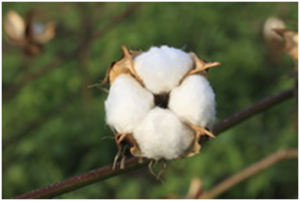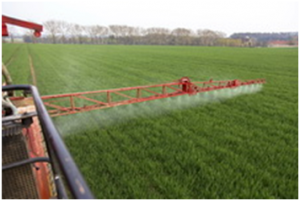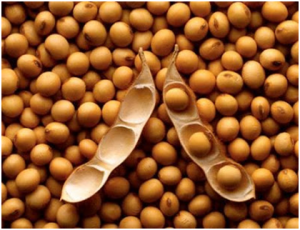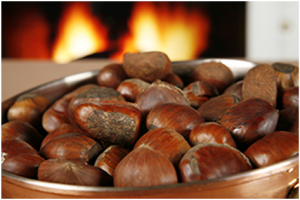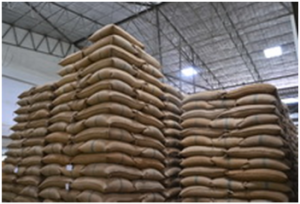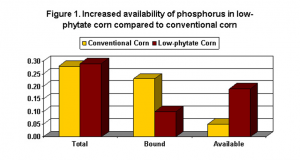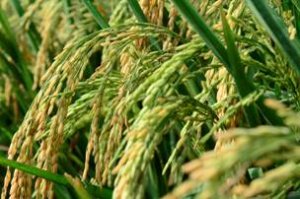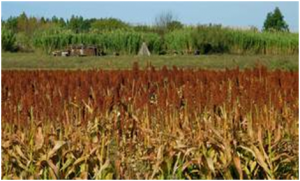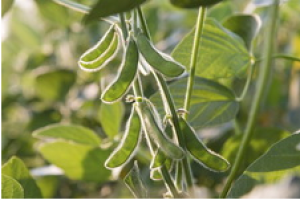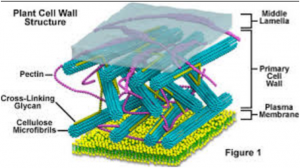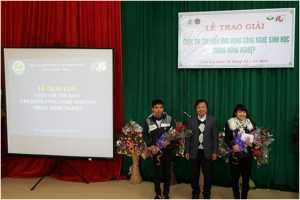|
Long Lost Chromosome Increases Nitrogen Efficiency of Modern Maize
Tuesday, 2022/12/06 | 08:24:51
|
|
Teosinte high protein 9 (THP9) is a chromosome that encodes an enzyme vital to the nitrogen metabolism of teosinte, maize's ancestor. It is highly expressed by teosinte, but not by modern maize. Its recent discovery offers maize breeders better opportunities to develop new lines that can be grown under limited nitrogen conditions, while increasing the crop's seed protein content.
The researchers from the Chinese Academy of Sciences the discovered it used a method called “trio binning” which simplified teosinte's haplotype assembly. They first resolved allelic variations, which helped piece together teosinte's haplotype DNA sequence. They then figured that characterizing the genes responsible for the high-protein trait in teosinte might reveal a more diverse set of QTLs as compared to the modern maize. And as it turned out, they found a deletion in the intragenic non-coding segment of the modern maize that caused incorrect splicing of the THP9 mRNA.
THP9 was introduced to the modern maize line B73's genome via introgression. This resulted in an increase in seed protein content of the transgenic inbred strain, as well as the free amino acids throughout the plant that included asparagine. The researchers also noted that these traits did not affect the yield of the plant. This discovery highlighted the possible value of maize hybrids that contain the THP9-T allele, which may be able to grow in low nitrogen-soil conditions without causing negative effects on yield.
For more details, see Nature or Genetic Engineering and Biotechnology News.
|
|
|
|
[ Other News ]___________________________________________________
|


 Curently online :
Curently online :
 Total visitors :
Total visitors :



